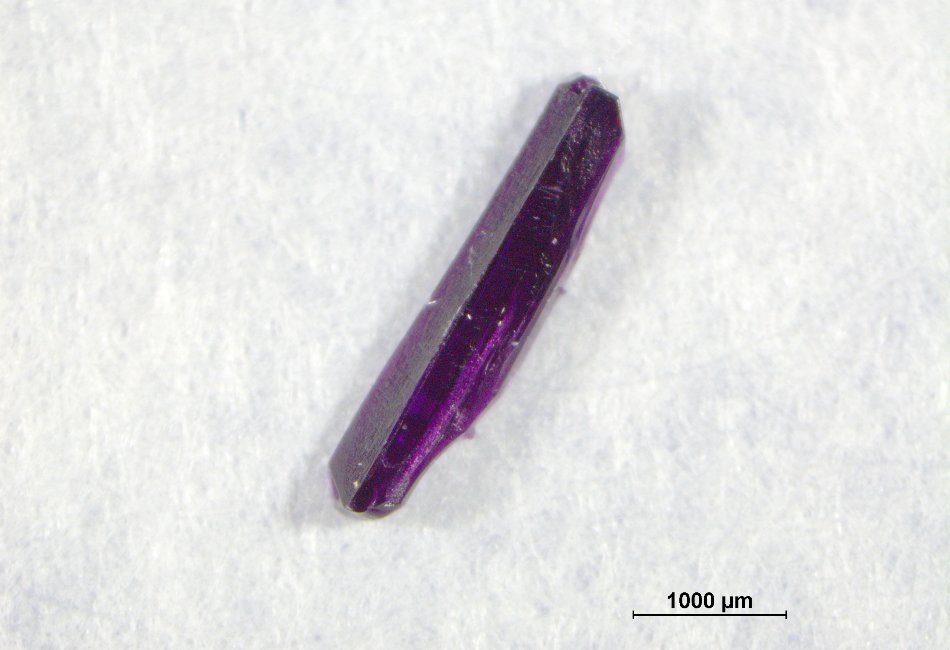Nov 27 2020
A research team has successfully visualized how carbon dioxide (CO2) acts in an ionic liquid that selectively absorbs CO2. The study results are likely to help create more efficient techniques to trap CO2 in the atmosphere, one of the key factors triggering global warming.
 The CO2-absorbing soft crystal developed for this study. Image Credit: Shin-ichiro Noro.
The CO2-absorbing soft crystal developed for this study. Image Credit: Shin-ichiro Noro.
Each year, the levels of CO2 in the air—a key factor in global warming—continuously increase, leading to serious concerns about the Earth’s future. Industrial societies should take steps to reduce CO2 emissions to mitigate global warming.
One method is to isolate and collect CO2 before it is emitted into the air. While this is, in part, already happening, it has not been very successful. Thus, there is a pressing need to build technology that can isolate and collect CO2 more effectively, not only to safeguard the environment but also to boost the recycling of CO2 as a resource.
The use of ion liquids to efficiently absorb CO2 has been the topic of vigorous research. However, further exploration of the behavior of CO2 absorbed in ionic liquids is necessary to enhance the materials used in the CO2 separation and collection process. Ionic liquids are fluids without any standard structure, and thus it has been hard to directly note the state of CO2 absorbed in them.
In the current research, the focus of the research team, including Professors Shin-ichiro Noro and Takayoshi Nakamura, both of Hokkaido University’s Graduate School of Environmental Science, was on a soft crystal, a material that has both the regularity of a crystal and the softness of a liquid. They produced a soft crystal comprising components of an ionic liquid that absorbed CO2.
As expected, the soft crystal preserved its regularity even after absorbing CO2, rendering it feasible to carry out X-ray diffraction analysis.
The examination revealed that the absorbed CO2 interacts with both fluorine and oxygen atoms of the bis(trifluoromethylsulfonyl)imide anion, a component of the ionic liquid. Moreover, the researchers’ theoretical analysis indicated that dispersion and electrostatic interactions occur between CO2 and the framework, thereby producing the force that binds CO2 to the anion.
The study results would help design and develop ionic liquids that can efficiently separate and collect CO2 and will possibly hasten practical applications of such liquids, which is a crucial step in eliminating the negative impacts of global warming.
The focus of Shin-ichiro Noro is on the creation of porous materials to facilitate environmental restoration and conservation, while the focus of Takayoshi Nakamura’s work is on the development of molecular devices for a broad range of applications.
Journal Reference:
Zheng, X., et al. (2020) Understanding the interactions between the bis(trifluoromethylsulfonyl)imide anion and absorbed CO2 using X-ray diffraction analysis of a soft crystal surrogate. Communications Chemistry. doi.org/10.1038/s42004-020-00390-1.